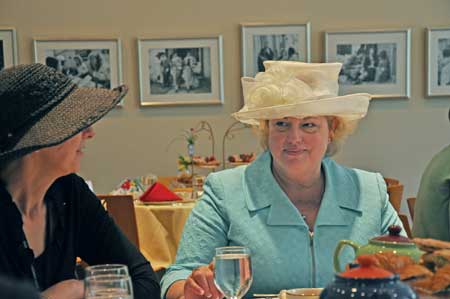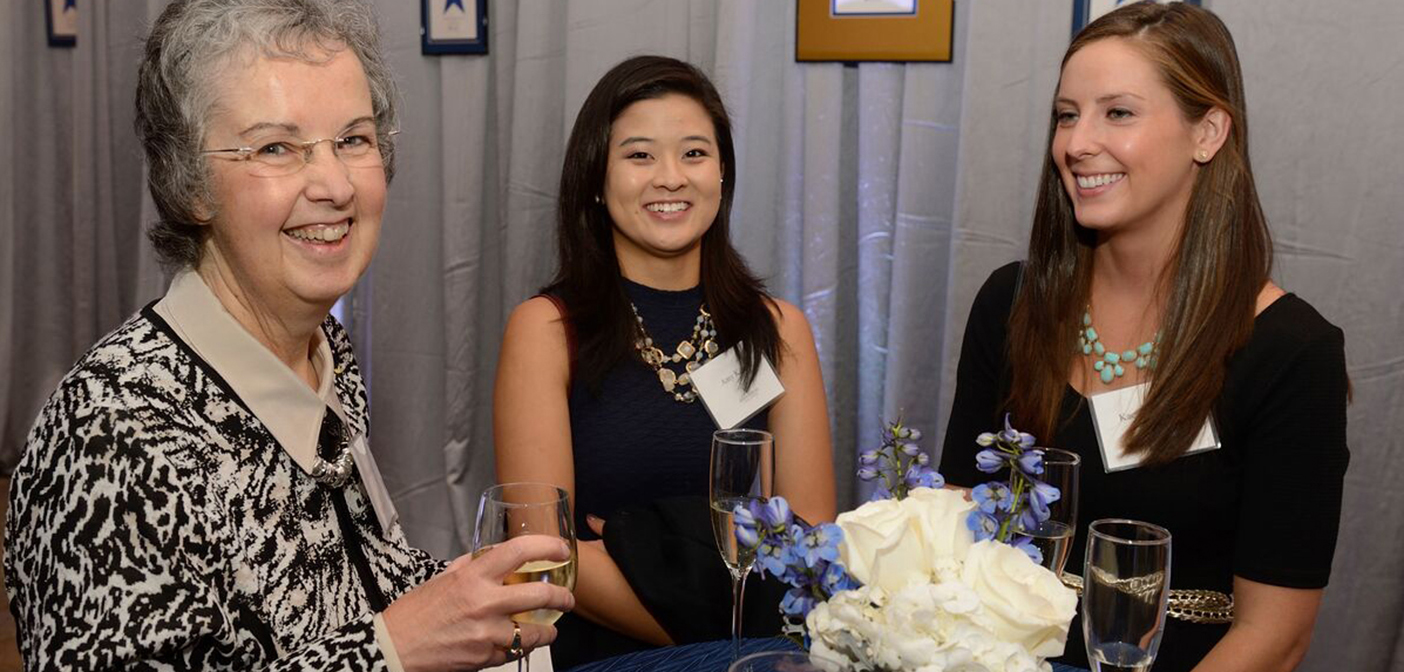By Kelly Brooks-Staub

Health care is either safe or it isn’t. There is no middle ground, no ‘kind-of safe’ health care,” says Peter Herrick-Stare, RN, BSN, an acute care nurse practitioner student at the Johns Hopkins University School of Nursing and a nurse in the Johns Hopkins Hospital (JHH) Medical Intensive Care Unit (MICU).
Last January, Herrick-Stare and other students from Hopkins’ schools of Nursing, Medicine, and Public Health worked together to conduct quality improvement assessments at JHH. Six interdisciplinary teams were formed as part of the Achieving Competence Today (ACT) program funded by the Robert Wood Johnson Foundation. Hopkins is one of 12 teaching hospitals that received the grant.
Each ACT team received four weeks of training to develop the skills needed to design systems to improve patient care. The students conducted their assessment under the guidance and mentorship of faculty members and hospital managers.
Herrick-Stare and his teammates—including Meghan Arnold, MD, and Stacy Sanders, MS, MHA, with guidance from faculty members including School of Nursing assistant professor Theresa Yeo, MSN, MPH, CRNP—observed that most inefficiencies and breakdowns in health care are caused by miscommunication. For patients being transferred from the emergency room into the MICU, it’s especially vital for nurses to get immediate and accurate patient information.
“We designed a pocket-sized reference card for the ER nurses, to make them aware of the standard information that MICU nurses need to know,” explains Herrick-Stare. “The best thing about the card is that it encourages nurses to talk about the patient upon transfer. When you speak to a nurse in person, you can pick up on some subtleties about the patient’s condition that aren’t evident from reading a report of any kind.”
Herrick-Stare’s team was one of two at Johns Hopkins chosen to present their Quality Assessment Projects at the ACT II Conference held in Boston last June.
The other winning team included Paula Kent, MSN, MBA, who received her master’s degree from the School of Nursing last May.
Kent and her colleagues, Rusty Schlessman, MHSA, and Jordan Winter, MD, with the support of Hopkins faculty including School of Nursing Associate Professor Phyllis Sharps, PhD, RN, FAAN, studied methods to reduce the risk of surgical site infections. Their work was based on a thorough review of the medical literature, which revealed that maintaining a normal body temperature during surgery helps to prevent infection. The team reviewed eight records of patients admitted to Hopkins Hospital’s Post-Anesthesia Care Unit, and found that seven had a low body temperature during surgery. The team designed a quality improvement plan recommending the purchase of body warmers. In the specific case of abdominal operations, they concluded that using body warmers on eight patients (cost: $202 for the eight) would, on average, prevent infection in one patient, thereby saving the cost of seven more days in the hospital for that patient. The savings: an estimated $3,798 in health care per infection prevented.
Kent says that working with students from other health care disciplines improved the outcome of the project and taught her a lot in the process. “It was wonderful learning from one another and sharing ideas,” she says.
Agrees Herrick-Stare: “It’s not often enough that we sit down together and think about how we can provide better care as a team. If we can establish more communication between physicians, nurses, and administrators, then I believe the quality of health care will improve by leaps and bounds.”
 Semester Wrap Up
Semester Wrap Up Women Between 18 and 44 Are at Risk for Hypertension—And They’re Less Aware of It Than They Were 10 Years Ago
Women Between 18 and 44 Are at Risk for Hypertension—And They’re Less Aware of It Than They Were 10 Years Ago Faculty Publications June 2006-2007 Section I
Faculty Publications June 2006-2007 Section I And Let Us Play Among the Stars
And Let Us Play Among the Stars Policy Honors Program Takes Flight
Policy Honors Program Takes Flight







